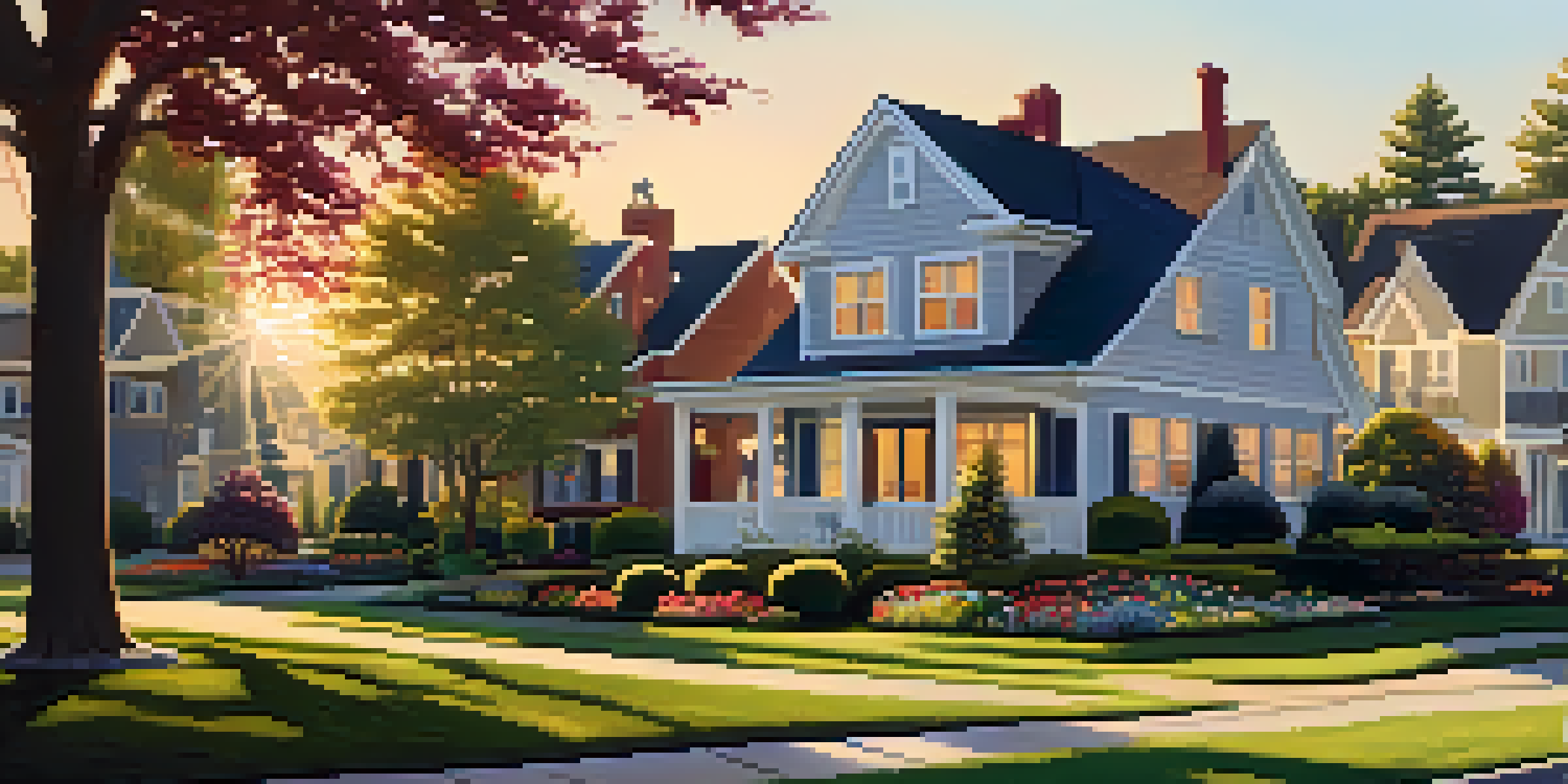The Impact of Interest Rates on Real Estate Bubbles

What Are Real Estate Bubbles and Their Causes?
Real estate bubbles occur when property prices rise dramatically above their intrinsic value, driven by speculative investment rather than fundamental demand. This phenomenon often leads to unsustainable price growth, eventually resulting in a market correction or crash. Factors contributing to these bubbles can include investor behavior, economic conditions, and, importantly, interest rates.
The Role of Interest Rates in Real Estate Markets
Interest rates are essentially the cost of borrowing money, and they play a crucial role in determining how affordable homes are for buyers. Lower interest rates generally make it cheaper to take out a mortgage, encouraging more people to buy homes. Conversely, higher interest rates can dampen demand as borrowing costs increase, which can slow down or even reverse price appreciation in real estate.
Interest Rates Drive Real Estate Trends
Interest rates significantly influence the affordability of homes, impacting buyer demand and property prices.
How Low Interest Rates Fuel Real Estate Bubbles
When interest rates are low, borrowing becomes more attractive, and this can lead to a surge in real estate purchases. This influx of buyers can drive prices up, creating a sense of urgency and competition in the market. As property values rise, more investors may jump in, hoping to capitalize on the growth, further inflating the bubble.
The Consequences of Rising Interest Rates
As interest rates begin to rise, the dynamics of the real estate market shift dramatically. Higher borrowing costs can lead to decreased affordability, causing potential buyers to reconsider their purchases or even withdraw from the market altogether. This reduced demand can trigger a decline in property values, putting pressure on existing homeowners and investors.
Low Rates Can Create Market Bubbles
When interest rates are low, increased borrowing leads to higher property prices, potentially inflating real estate bubbles.
Historical Examples of Interest Rates and Bubbles
Looking back at history, we can see clear examples of how interest rates have influenced real estate bubbles. For instance, during the mid-2000s, the U.S. experienced a housing bubble fueled by low-interest rates and easy credit. When rates climbed and lending standards tightened, the bubble burst, leading to the financial crisis of 2008—a stark reminder of the risks associated with unchecked growth.
The Psychological Aspect: Fear and Greed
The interplay between interest rates and human psychology cannot be overlooked. Low rates often create a 'fear of missing out' (FOMO) among buyers, driving them to make hasty decisions. Conversely, rising rates can instill fear of losing value, prompting sellers to offload properties quickly, which can exacerbate a market correction.
Rising Rates Pressure Real Estate Values
As interest rates rise, borrowing costs increase, which can decrease demand and lead to declining property values.
How Investors Can Navigate These Dynamics
For real estate investors, understanding the relationship between interest rates and market conditions is essential for making informed decisions. By keeping an eye on economic indicators and monetary policy, investors can better gauge when to enter or exit the market. Additionally, diversifying investments and being prepared for market fluctuations can help mitigate risks associated with potential bubbles.
Conclusion: The Importance of Monitoring Interest Rates
In conclusion, interest rates play a pivotal role in shaping real estate markets and can significantly influence the formation and bursting of bubbles. By staying informed about interest rate trends and their potential impacts, buyers, sellers, and investors can better navigate the ever-changing landscape of real estate. Awareness and strategic planning can ultimately lead to smarter decisions in both booming and declining markets.